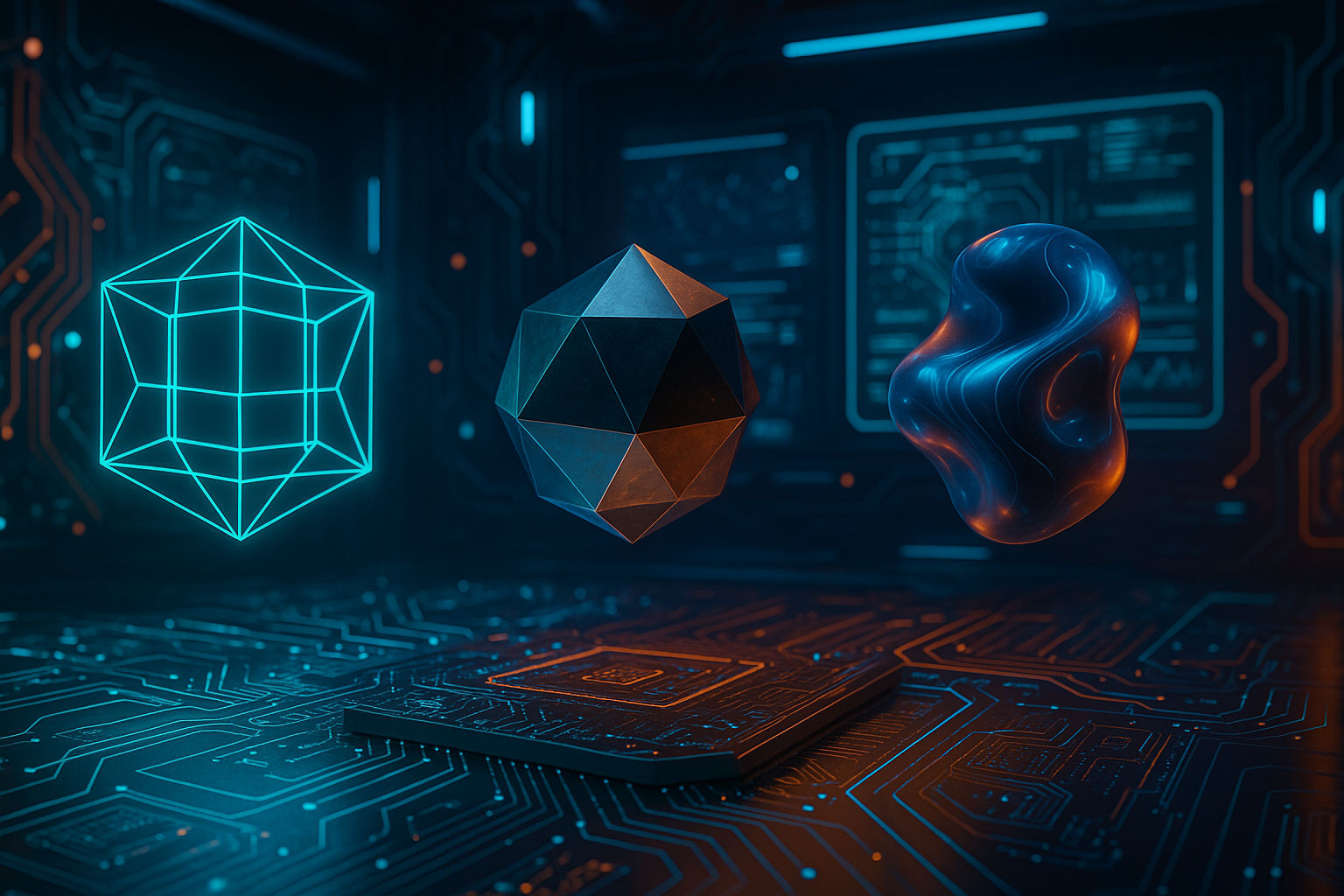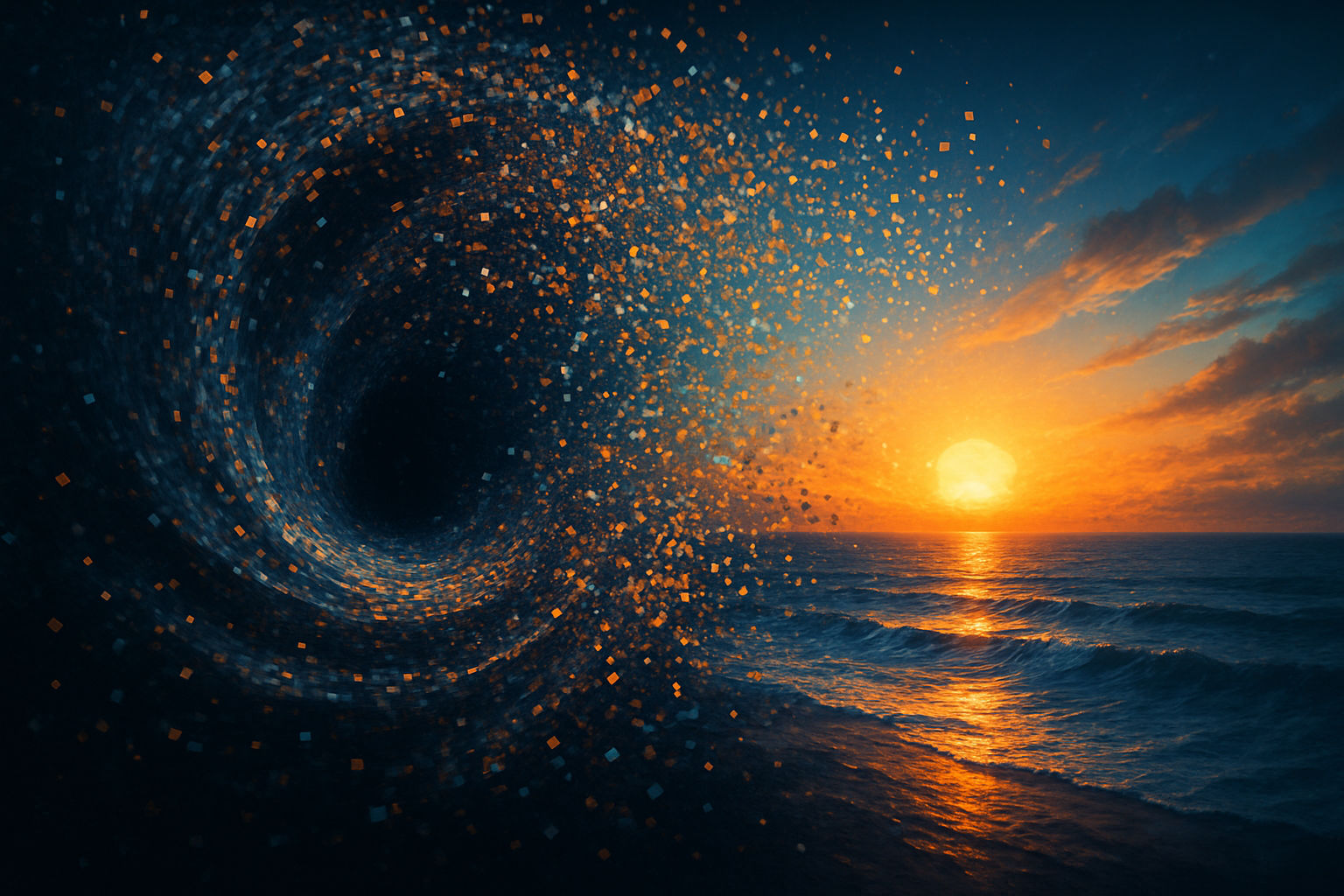The Rise of AI Stock Imagery: A Deep Dive from 2014 to Today

For decades, stock photography relied on curated libraries of real-world images—scenic vistas, polished office scenes, and posed lifestyle portraits. Today, another library is growing at lightning speed: one composed entirely of synthetically generated visuals. Thanks to breakthroughs in generative modeling, AI-crafted images now rival professional photography in quality, while offering unparalleled flexibility and cost efficiency. Yet behind the click-to-generate simplicity lies a rich tapestry of research spanning variational autoencoders, adversarial networks, diffusion processes, and large-scale transformer models. In this deep dive, we trace the pivotal innovations—from the very earliest image generators through today’s multimodal transformers—and show how each advance paved the way for AI-powered stock imagery.
1. The Seed: Early Generative Models
Before today’s hyperrealistic AI outputs, researchers first asked whether neural networks could learn to compress and then reconstruct images.
Variational Autoencoders (VAEs), December 2013
In late 2013, Kingma and Welling introduced variational autoencoders (VAEs), which encoded images into a lower-dimensional “latent” space and then decoded them back to pixel space. While VAEs proved that networks could capture the essence of visual data, their reconstructions were often blurry and lacked sharp detail.
PixelRNN, January 2016
PixelRNNs tackled image generation by modeling each pixel sequentially. Introduced in January 2016, they produced sharper results by learning dependencies across rows and columns—but sampling remained painstakingly slow, as each of thousands of pixels had to be generated in turn.
PixelCNN, Mid 2016
Later in 2016, PixelCNNs improved on PixelRNNs by using convolutional operations to estimate pixel distributions in parallel, speeding up generation while maintaining quality. Both PixelRNN and PixelCNN demonstrated that autoregressive methods could move beyond reconstruction toward genuine image synthesis.
Though imperfect, these early efforts laid critical groundwork: demonstrating that neural nets could compress complex images and then create new ones.
2. Enter GANs: The 2014 Breakthrough
Everything changed in June 2014 with the arrival of Generative Adversarial Networks (GANs). Proposed by Ian Goodfellow et al., GANs pit two neural networks in a minimax “game”:
- Generator – attempts to fabricate images
- Discriminator – tries to distinguish generated images from real samples
Through competitive training, the generator rapidly learned to produce images so realistic that by 2016, GANs were synthesizing faces, objects, and simple scenes that could fool human observers. Early GANs struggled with stability (mode collapse) and were limited to resolutions of a few hundred pixels—but they marked a paradigm shift, proving that AI could invent visuals rather than simply reproduce them.
3. StyleGAN: Raising the Bar (2018–2021)
NVIDIA’s StyleGAN series brought GANs to production quality:
StyleGAN (December 2018)
Introduced a style-based generator that separated high-level attributes (like pose and layout) from fine-grained details (texture, color) via adaptive instance normalization. This disentanglement gave unprecedented control over generated content.
StyleGAN2 (February 2020)
Refined normalization and noise injection to eliminate common artifacts, pushing output to 1024×1024 pixels with photographic realism.
StyleGAN3 (June 2021)
Solved the “texture sticking” problem by ensuring alias-free generation, so details remained consistent under geometric transformations.
By 2021, StyleGAN outputs were indistinguishable from high-end commercial stock: portraits, still lifes, architectural mockups—and all generated on demand with fine-tuned control over style and composition.
4. Diffusion Models Step Up (2020–2021)

Around the same time, a different approach to generation emerged via diffusion:
DDPM (June 2020)
Ho, Jain, and Abbeel formalized Denoising Diffusion Probabilistic Models, where data is gradually noised and a neural network learns to reverse that process, recovering clean samples.
DDIM & Improved Sampling (Late 2020 – Early 2021)
Techniques like DDIM introduced non-Markovian samplers for far fewer denoising steps, while classifier guidance and learned variance schedules boosted both fidelity and diversity.
Diffusion models offered more stable training than GANs and strong theoretical guarantees around covering entire data distributions. As scores on benchmarks like FID improved, diffusion rapidly became the backbone of cutting-edge text-to-image systems.
5. Latent Diffusion & The Open-Source Explosion (2021–2022)
Diffusion in pixel space carried heavy compute costs. The invention of Latent Diffusion Models (LDMs) in late 2021 changed everything:
LDM Paper (December 2021)
Showed that applying diffusion to a lower-dimensional latent preserved high-quality reconstruction while slashing compute by orders of magnitude.
Stable Diffusion (August 22, 2022)
Stability AI, LMU Munich, and Runway ML released Stable Diffusion under a permissive license—empowering anyone with a consumer GPU to generate 512×512 images from text prompts.
Open-sourcing LDMs democratized AI stock imagery. Community builds of web UIs, browser extensions, and enterprise plugins proliferated, transforming custom-image generation from an R&D novelty into a mainstream creative tool.
6. When Text Meets Image: Transformers Join the Party (2021–2022)
Marrying diffusion’s visual prowess with transformer-based language understanding yielded powerful multimodal engines:
- DALL·E 1 (January 5, 2021) – GPT-3 autoregressive + discrete VAE for 256×256 images
- DALL·E 2 (April 6, 2022) – CLIP-conditioned diffusion for 1024×1024; major quality gains
- Imagen (May 2022) – T5 text encoder + cascaded diffusion; topped FID benchmarks
- Midjourney (July 12, 2022 β) – Custom diffusion+transformer via Discord; rapid iteration and stylistic modes
These systems power today’s AI stock platforms, letting users type prompts like “sunset over a neon cyberpunk city” to receive publish-ready assets in seconds.
7. Inside a Modern AI Stock Platform
Under a sleek “search and generate” UI, most platforms orchestrate:
- Prompt Encoding: A text encoder (CLIP, T5) transforms user input into latent representations.
- Model Routing: Queries dispatch to specialized models—Stable Diffusion for general use, Imagen for editorial-grade fidelity.
- Denoising Pipeline: A cascade of diffusion or GAN refinement steps synthesizes the image.
- Post-Processing: Upscaling, artifact removal, and optional style transfers polish the output.
- Indexing & Metadata: Generated images are tagged with keywords, embedded for similarity search, and stored in CDNs.
- Ethics & Provenance: C2PA metadata records model version, timestamp, and license; bias-detection modules scan for unintended stereotypes.
This end-to-end pipeline enables on-demand creation of millions of unique, branded visuals per day.
8. Real-World Use Cases
AI stock imagery now fuels countless workflows:
- Marketing & Advertising: Campaign visuals, social banners, and hero images tailored by brand voice.
- Concept Art & Previsualization: Rapid mockups for games, films, and architectural designs.
- Publishing & Presentations: Custom illustrations, infographics, and cover art on demand.
- E-commerce Personalization: Dynamic product displays and user-specific banners for increased engagement.
By cutting the traditional cycle of photo sourcing and editing from days to minutes, AI stock imagery lowers costs and empowers non-designers to craft on-brand visuals.
9. Challenges & Ethical Considerations
With great power come great responsibilities:
- Bias & Representation: Models mirror training data—audits (AI Fairness 360, Fairlearn) and inclusive prompts are essential.
- Copyright & Licensing: Mixed-origin datasets demand transparent CC0-first strategies and embedded provenance tags.
- Misinformation & Deepfakes: Visible “AI-Generated” labels and C2PA metadata combat deception.
- Privacy & Publicity Rights: Avoid recognizable likenesses of real individuals without explicit consent.
- Content Moderation: Automated filters (AWS Rekognition, Azure AI Content Safety) catch hallucinations—floating text, extra limbs—and harmful imagery.
Embedding these guardrails into platform design ensures AI stock imagery is both powerful and responsible.
10. The Road Ahead (2025–2030)
The pace of innovation shows no sign of slowing:
- Ultra-High Resolution, On-Device: 4K+ text-to-image in seconds via model distillation and efficiency gains.
- Text-to-Video & 3D Generation: Cascaded diffusion for seamless video clips and volumetric scene synthesis.
- Personalized Brand Aesthetics: User profiles and brand guidelines baked into prompt engineering.
- Universal Provenance Standards: C2PA adoption becomes mandatory in content ecosystems worldwide.
- Regulatory Alignment: Global frameworks (EU AI Act, FTC guidance, others) converge on synthetic media norms.
Conclusion
From blurry VAEs in late 2013 to today’s transformer-driven diffusion engines, the evolution of generative modeling has unlocked a new paradigm for visual content. AI stock imagery now offers endless variety, rapid iteration, and precise style control—all on demand. Yet wielding this power responsibly requires transparency, fairness, and provenance baked into every step. Whether you’re a marketer crafting the next viral campaign or a developer building an AI visuals API, understanding the journey beneath the interface is key to harnessing AI imagery wisely—and well.
References
- Kingma, D. P., & Welling, M. (2013). Auto-Encoding Variational Bayes. arXiv.
- Goodfellow, I. J. et al. (2014). Generative Adversarial Nets. NIPS.
- Karras, T., Laine, S., & Aila, T. (2018). A Style-Based Generator Architecture for GANs. arXiv.
- Karras, T. et al. (2020). Analyzing and Improving the Image Quality of StyleGAN. arXiv.
- Karras, T. et al. (2021). Alias-Free Generative Adversarial Networks. arXiv.
- Ho, J., Jain, A., & Abbeel, P. (2020). Denoising Diffusion Probabilistic Models. NeurIPS.
- Song, J., et al. (2020). Denoising Diffusion Implicit Models. arXiv.
- Rombach, R. et al. (2021). High-Resolution Image Synthesis with Latent Diffusion. arXiv.
- OpenAI (2021 & 2022). DALL·E & DALL·E 2 Releases. OpenAI.com.
- Saharia, C. et al. (2022). Photorealistic Text-to-Image Diffusion Models with Deep Language Understanding (Imagen). NeurIPS.
- “Stable Diffusion” (Aug 22, 2022). Stability AI.
- “Midjourney” (Jul 12, 2022). Midjourney, Inc.
Comments